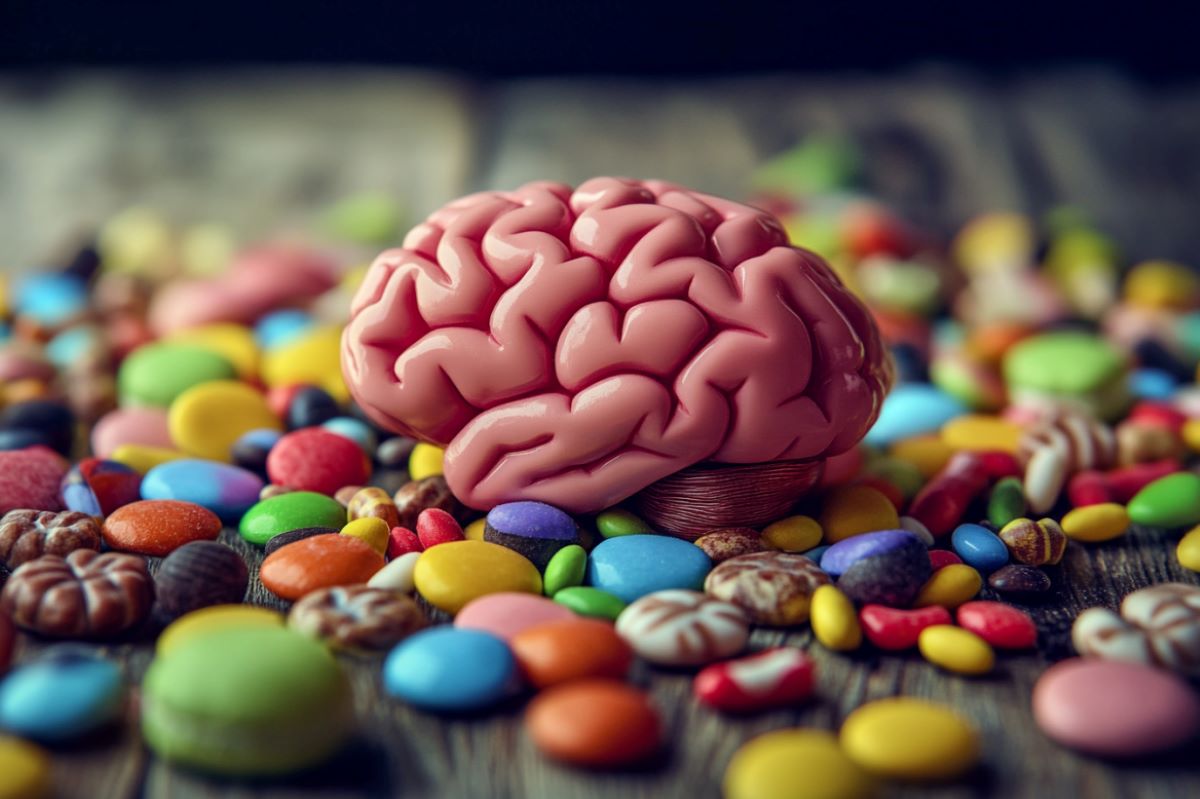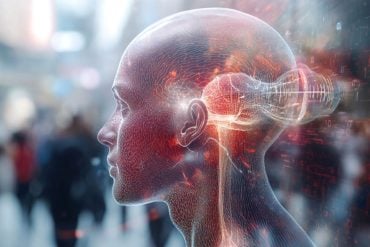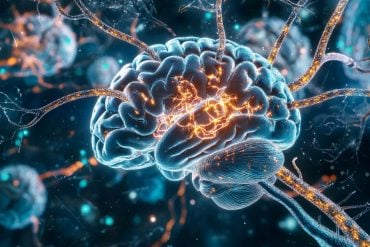Summary: Researchers have identified orexin, a brain chemical, as crucial in deciding between exercising and indulging in treats. In experiments with mice, those with an intact orexin system were more inclined to exercise rather than consume a tempting milkshake.
This discovery could offer insights into developing strategies for combating obesity and promoting physical activity in humans. Understanding orexin’s influence on decision-making between physical activity and food consumption may pave the way for effective interventions targeting sedentary lifestyles.
Key Facts:
- Orexin’s Role: Orexin helps the brain choose between exercising and indulging in high-calorie treats.
- Experiment with Mice: Mice with an active orexin system chose exercise over a milkshake twice as often as those without it.
- Potential Human Applications: These findings could lead to new strategies for tackling obesity and encouraging physical activity in humans.
Source: ETH Zurich
Should I go and exercise, or would I rather go to the café and enjoy a delectable strawberry milkshake?
Until now, what exactly happens in our brain when we make this decision has been a mystery to science, but researchers at ETH Zurich have found the solution. They deciphered which brain chemical and which nerve cells mediate this decision: the messenger substance orexin and the neurons that produce it.

These neuroscientific fundamentals are relevant because many people don’t get enough exercise. Most of us have probably already decided once or even several times to skip exercising in favour of one of the numerous alternative temptations of daily life.
According to the World Health Organization, 80 percent of adolescents and 27 percent of adults don’t get enough exercise. And obesity is increasing at an alarming rate not only among adults but also among children and adolescents.
Focus on orexin
“Despite these statistics, many people manage to resist the constantly present temptations and get enough exercise,” says Denis Burdakov, Professor of Neuroscience at ETH Zurich. “We wanted to know what it is in our brain that helps us make these decisions.”
In their experiments with mice, the researchers were able to show that orexin plays a key role in this process. It’s one of over a hundred messenger substances that are active in the brain. Other chemical messengers, such as serotonin and dopamine, were discovered a long time ago and their role has largely been decoded.
The situation for orexin is different: researchers discovered it relatively late, around 25 years ago, and they are now clarifying its functions step by step. Burdakov is one of the scientists who have devoted their efforts to studying orexin.
Existing knowledge can’t explain the choice
“In neuroscience, dopamine is a popular explanation for why we choose to do some things but avoid others,” says Burdakov. This brain messenger is critical for our general motivation.
“However, our current knowledge about dopamine does not easily explain why we decide to exercise instead of eating,” the scientist continues.
“Our brain releases dopamine both when we eat and when we exercise, which does not explain why we choose one over the other.”
To find out what does, the researchers devised a sophisticated behavioural experiment for mice, which were able to choose freely from among eight different options in ten-minute trials. These included a wheel they could run on and a “milkshake bar” where they could enjoy a standard strawberry-flavoured milkshake.
“Mice like a milkshake for the same reason people do: it contains lots of sugar and fat and tastes good,” says Burdakov.
Less time at the milkshake bar
In their experiment, the scientists compared different groups of mice: one made up of normal mice and one in which the mice’s orexin systems were blocked, either with a drug or through genetic modification of their cells.
The mice with an intact orexin system spent twice as much time on the running wheel and half as much time at the milkshake bar as the mice whose orexin system had been blocked. Interestingly, however, the behaviour of the two groups didn’t differ in experiments in which the scientists only offered the mice either the running wheel or the milkshake.
“This means that the primary role of the orexin system is not to control how much the mice move or how much they eat,” Burdakov says.
“Rather, it seems central to making the decision between one and the other, when both options are available.”
Without orexin, the decision was strongly in favour of the milkshake, and the mice gave up exercising in favour of eating.
Helping people who do little exercise
The ETH Zurich researchers expect that orexin may also be responsible for this decision in humans; the brain functions involved here are known to be practically the same in both species. “It will now be a matter of verifying our results in humans”, says Daria Peleg-Raibstein, group leader at ETH Zurich.
She led the study together with Denis Burdakov. This could involve examining patients who have a restricted orexin system for genetic reasons – this is the case in around one in two thousand people.
These people suffer from narcolepsy (a sleeping disorder). Another possibility would be to observe people who receive a drug that blocks orexin. Such drugs are authorised for patients with insomnia.
“If we understand how the brain arbitrates between food consumption and physical activity, we can develop more effective strategies for addressing the global obesity epidemic and related metabolic disorders,” says Peleg-Raibstein.
In particular, interventions could be developed to help overcome exercise barriers in healthy individuals and those whose physical activity is limited.
However, Burdakov points out that these would be important questions for scientists involved in clinical research in humans. He and his group have dedicated themselves to basic neuroscientific research.
Next he wants to find out how the orexin neurons interact with the rest of the brain when making decisions like the one between exercise and snacking.
About this neuroscience research news
Author: Marianne Lucien
Source: ETH Zurich
Contact: Marianne Lucien – ETH Zurich
Image: The image is credited to Neuroscience News
Original Research: Open access.
“Orexin neurons mediate temptation-resistant voluntary exercise” by Denis Burdakov et al. Nature Neuroscience
Abstract
Orexin neurons mediate temptation-resistant voluntary exercise
Despite the well-known health benefits of physical activity, many people underexercise; what drives the prioritization of exercise over alternative options is unclear.
We developed a task that enabled us to study how mice freely and rapidly alternate between wheel running and other voluntary activities, such as eating palatable food.
When multiple alternatives were available, mice chose to spend a substantial amount of time wheel running without any extrinsic reward and maintained this behavior even when palatable food was added as an option.
Causal manipulations and correlative analyses of appetitive and consummatory processes revealed this preference for wheel running to be instantiated by hypothalamic hypocretin/orexin neurons (HONs).
The effect of HON manipulations on wheel running and eating was strongly context-dependent, being the largest in the scenario where both options were available.
Overall, these data suggest that HON activity enables an eat–run arbitration that results in choosing exercise over food.






